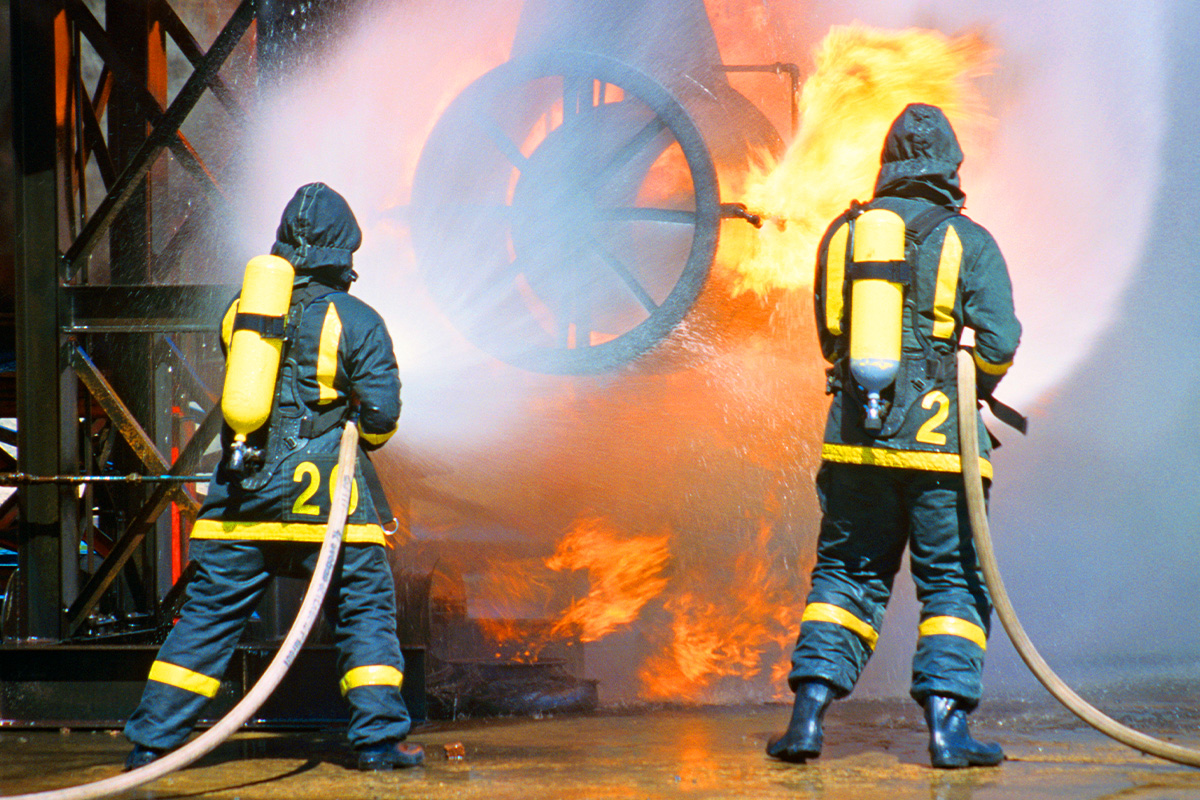Who is the person responsible for fire safety in the workplace?
Fire safety in the workplace is a vital aspect of effective health and safety management. Over 25,000 non-domestic fire incidents occur every year in the U.K. These numbers highlight the devastating consequences of fire and necessitate the need to know what to do if an emergency occurs.
Understanding who is responsible for fire safety in the workplace and ways to mitigate risk is crucial to prevent accidents and maintain a safe workplace for everyone. It is a shared responsibility, typically between employees, employers and the fire services.
Significance of fire safety in the workplace
Fire safety is extremely important in the workplace as the effects that it can have on a business are devastating that include:
With proactive safety measures in place, you can effectively address fire safety risks, protect lives and property and ensure business resilience.
Legal Duties
Employers Responsibilities
As per the Health and Safety at Work etc Act 1974, employers in the UK are legally responsible for fire safety in the workplace. The penalties and legal actions like imprisonment can be severe if fire safety regulations are not followed. The responsible person for fire safety should undertake all measures that mitigate the risks of fire and keep people protected.
Employers are liable to perform fire risk assessments that help in identifying the potential fire risks and hazards in the workplace that may lead to harm to the people in and around the premises.
Employee’s Responsibilities
For most workplaces, a nominated individual typically referred to as Fire Marshal or Fire warden holds the legal responsibilities for fire safety. However, everyone in the workplace should consider fire safety seriously and must work together to ensure compliance with fire safety regulations and create a safe work environment for all.
Key Aspects of Fire Safety
Key Fire Safety Regulations and Acts
Fire safety regulations and acts oblige employers to make sure all equipment and procedures comply with applicable standards. The Fire Precautions (Workplace) were introduced in 1997 and those businesses not requiring a fire certificate liable to carry over a fire risk assessment. These regulations ensured that UK legislation was in alignment with Europe.
But, this standard was unified later under The Regulatory Reform (Fire Safety) Order 2005 (FSO). This remains the primary legislation that governs fire safety and applies to all buildings in England and Wales.
All workplaces and the common parts of buildings that contain 2 or more domestic premises are governed under the Fire Safety Order, FSO. This act obliges legal responsibilities to anyone in such premises, typically, a building owner or landlord to perform a fire risk assessment and establish general fire safety measures.
As per the Grenfell Tower fire in 2017 – the Fire Safety Act 2021, FSO covers all external walls, building structures and flat entrance doors and all should be included for taking fire risk assessments.
To stay compliant, all machinery and procedures should be in adherence with relevant standards that include checking fire alarms, and the availability of fire extinguishers and fire exits.
Conclusion
It is the shared responsibility of everyone on the premises to ensure fire safety. All should be aware of the potential fire risks, individual roles and proactive measures for effective fire safety management. An ideal point for this is to invest in a globally recognized course like the NEBOSH Certificate in Fire Safety. This is considered an essential fire safety risk management qualification for anyone with fire responsibility in the workplace.
Strong focus towards health and safety standards emphasizes employees to become qualified personnel to facilitate fire safety and compliance with fire safety regulations. Green World Group understands the challenges in health and safety and helps businesses navigate the obstacles in ensuring fire safety in the workplace. We are an accredited provider of The NEBOSH fire certificate that ensures equipping the essential skills to identify and protect people and the workplace from fire hazards.






